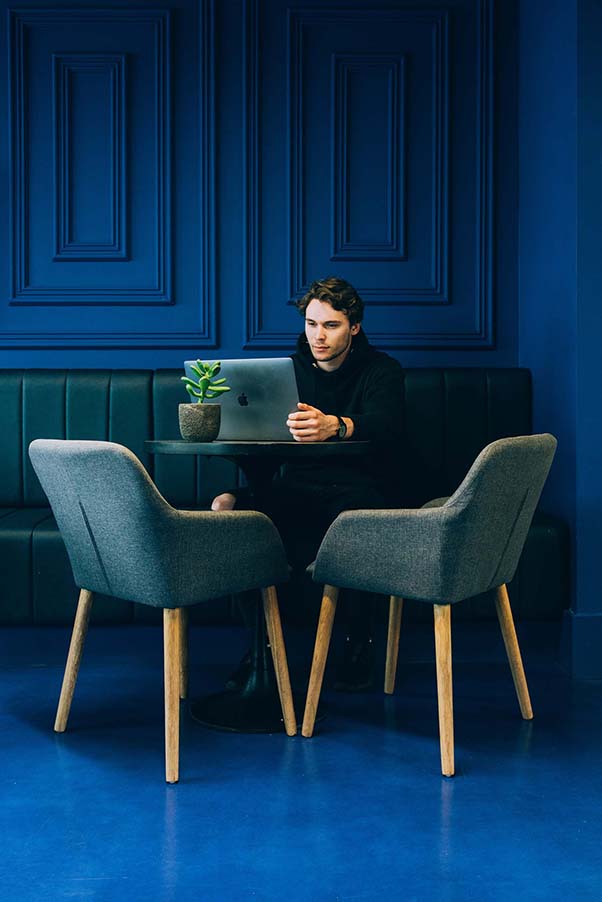Emotional Palette: The Powerful Role of Colour in Interior Design and Well-being
As you’ve meandered through the vibrant aisles of a farmer’s market, have you ever wondered why the lush array of colours elicits such a sense of joy? Or have you considered why a bright, colourful room can stimulate creativity and elevate mood, while a duller space may feel somewhat oppressive? It turns out, the answer lies deep within our evolutionary history and our brain’s wiring.
Throughout human evolution, the ability to distinguish colours has played a critical role. It’s helped us discern ripe fruits from foliage, a vital survival skill that triggers a reward response in our brains. As a result, bright colours are associated with a sense of pleasure and satisfaction.
But the role of colour in our lives extends beyond its primal functionality. It’s not just a tool for decoration; it deeply intertwines with our emotions and moods. As such, the colour schemes we choose for our homes and workspaces can significantly impact our emotional well-being and productivity.
Several studies, particularly in office environments, attest to this. These studies reveal that people working in brightly coloured rooms reported being more alert, joyful, and confident than those in drab spaces. They also noted that these individuals tended to be friendlier, indicating that colour can even influence our social interactions.
So, how can we harness this powerful tool in our home interiors?
Consider your primary goal for each room. If it’s a workspace where you want to foster creativity and focus, consider bright, stimulating colours such as yellows or oranges. For a bedroom where relaxation is key, opt for cooler tones like blues and greens known for their calming effects.
Remember, you’re not just picking a colour; you’re curating an experience. With mindful choices, you can transform your living space into an environment that uplifts your mood, enhances your productivity, and fuels your overall well-being.





